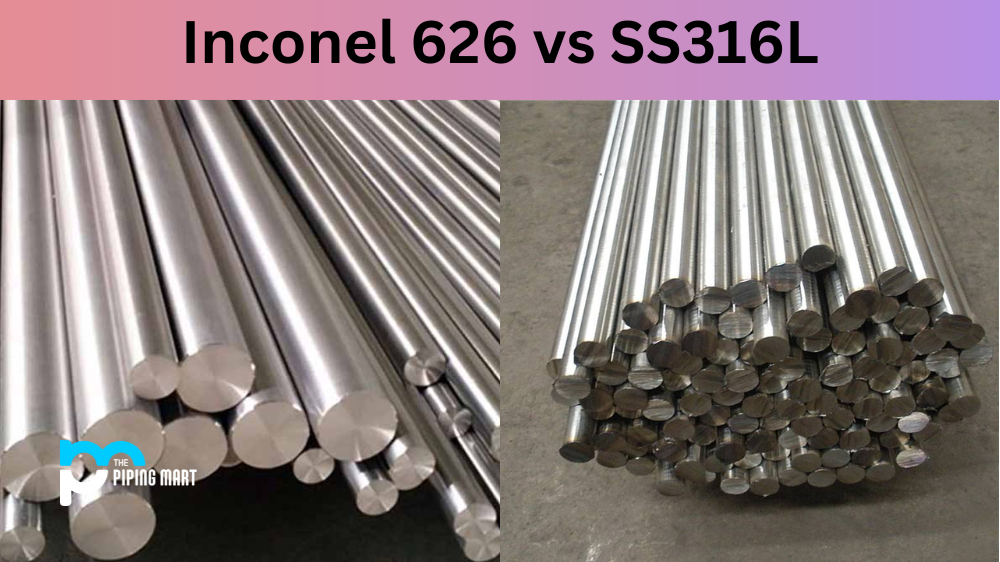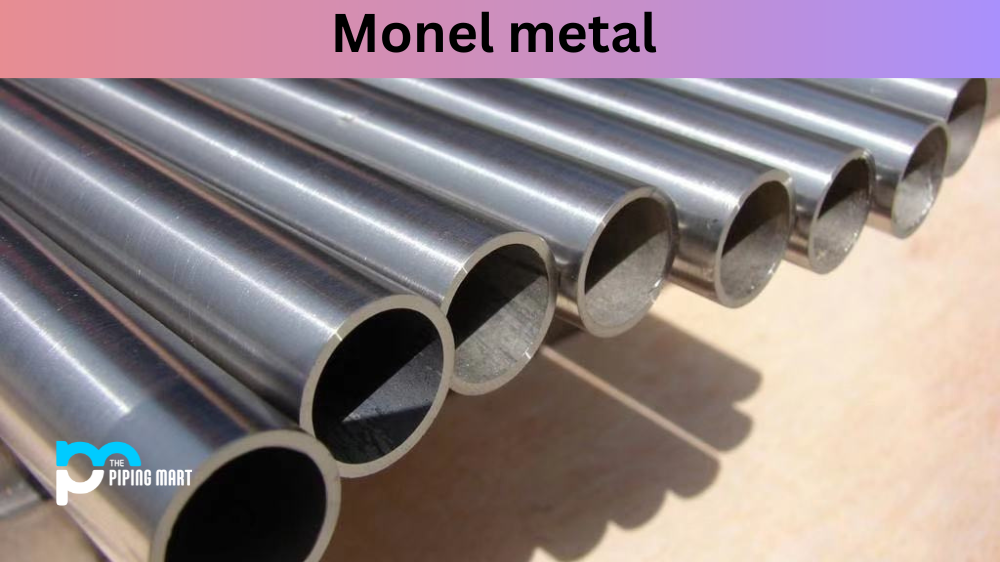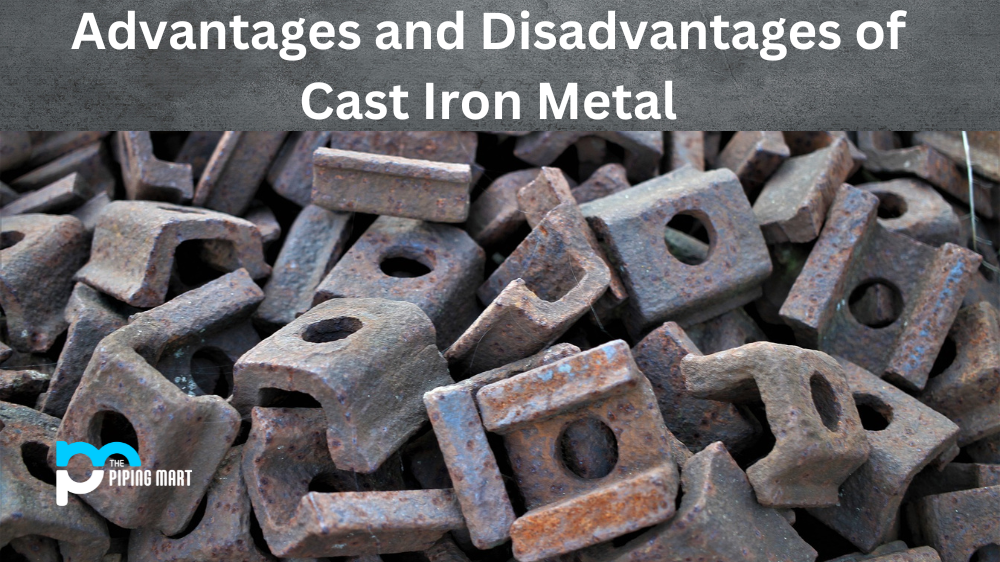When it comes to selecting the right material for your project, it’s important to understand the properties of each option and how they differ. This is especially true when considering two alloys as versatile as Inconel 626 and SS316L. Let’s take a look at their differences and similarities.
Inconel 626 Properties
Inconel 626 is an austenitic nickel-chromium alloy with an addition of molybdenum and niobium for enhanced corrosion resistance. It exhibits excellent mechanical properties, even at extremely low temperatures, making it ideal for cryogenic applications. Its composition also provides superior resistance to chloride pitting and crevice corrosion, making it a great choice for chemical processing environments. This alloy has excellent weldability but also requires special welding techniques due to its high strength levels.
SS316L Properties
SS316L is an austenitic stainless steel alloy often used in medical device manufacturing due to its ability to withstand extreme temperatures while still maintaining form and function. It offers exceptional protection against both corrosive and non-corrosive environments, making it great for use in areas exposed to salt water or other highly corrosive elements. Additionally, this alloy offers higher mechanical properties than most other stainless steels, such as increased yield strength and improved machinability compared with 304 stainless steel.
Differences Between Inconel 626 and SS316L
The main difference between Inconel 626 and SS316L lies in their composition; Inconel 626 contains both chromium and nickel, while SS316L contains just chromium and nickel. Additionally, Inconel 626 has a higher melting point than SS316L, which makes it better suited for applications that require materials resistant to extreme heat or cold temperatures. Finally, Inconel 626 is more expensive than SS 316L due to its molybdenum content which increases its cost significantly. As a result, these two materials are not interchangeable under normal circumstances; one should be chosen based on the specific requirements of each application rather than cost alone.
Inconel 626 vs SS316L
There are several key differences between Inconel 626 and SS316L. Firstly, Inconel 626 is an austenitic nickel-chromium-molybdenum alloy, while SS316L is a low-carbon version of SS316 which contains 2% molybdenum. Secondly, Inconel 626 has good resistance to a wide range of corrosive environments, while SS316L only has good resistance to chloride ion contamination. Finally, Inconel 626 is more expensive than SS316L.
Advantages of Inconel 626
Inconel 626 has several advantages over SS316L. Firstly, Inconel 626 has better resistance to corrosion in a wide range of environments, including those containing sulfuric and hydrochloric acids. Secondly, Inconel 626 does not require a heat treatment to achieve its high-strength properties, making it easier to work with. Finally, Inconel 626 has higher levels of chromium and molybdenum which give it better overall corrosion resistance.
Advantages of SS316L
While Inconel 626 has several advantages over SS316L, there are also some advantages that SS316L has over Inconel 626. Firstly, SS316L is less expensive than Inconel 626, making it a more cost-effective choice for some applications. Secondly, SS316L has better weldability than Inconel 626, making it easier to join together using welding methods. Finally, SS316L has better formability than Inconel 626, making it easier to shape into various forms.
Conclusion:
When choosing between Inconel 626 and SS 316L for your project or application, you must consider the properties of each material carefully before making a decision. While each material offers unique advantages over the other in certain situations, both are capable of providing superior performance in different conditions depending on what you need from them. Ultimately, choosing between these two alloys comes down to understanding each material’s characteristics so that you can select the best one for your needs!

Pipingmart is a B2B portal that specializes in metal, industrial and piping items. Additionally, we share the latest information and information about materials, products and various types of grades to assist businesses that are involved in this business.




